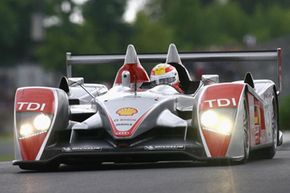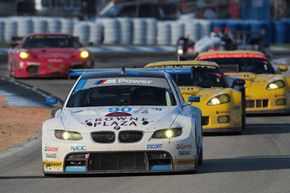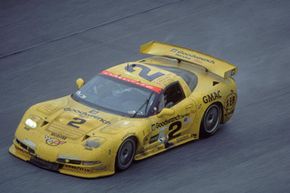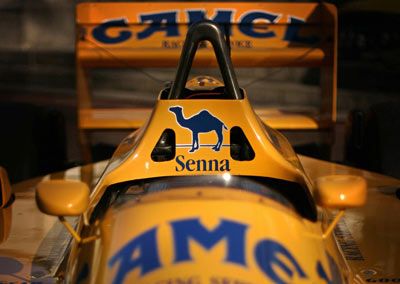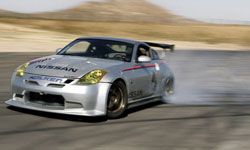The roar of the crowd, the scream of the engines, and the wails of the mechanics struggling to get their burned-out and broken-down vehicles across the finish line -- this is endurance motorsport.
Endurance auto racing has existed almost as long as there have been cars to race. In 1900, drivers jaunted their jalopies along an Italian endurance circuit called the Coppa Florio, which ran roughly 115 miles (185 kilometers) from Brescia to Cremona to Mantova (Mantua) and back. Racers would sometimes take down multiple laps of this route in Panhards, Mercedes, Darracqs and Fiats, cars that by today's standards were little better than souped-up rattletraps, on treacherous and poorly kept roads.
Advertisement
Then as now, the race was as much a test of a vehicle's metal as of its driver's mettle, and manufacturers and car jockeys shared the credit -- and honors -- for victory.
The Coppa Florio and its ilk, in which drivers vie to complete a certain distance the fastest, belong to one of the two main categories of endurance auto racing. The other involves seeing who can travel the farthest in a set time. These timed races can run for anywhere from a few hours to half a day, or even an entire 24-hour period.
The first 24-hour race took place in 1907 at Brooklands, a 2.8-mile (4.4-kilometer) motor racing circuit and aerodrome in Surrey, England. Brooklands was the first speedway ever built specifically for auto racing. Today, one of the most famous races in the world, Le Mans, remains a 24-hour race.
Endurance motorsport has expanded dramatically through the years. It's no wonder -- endurance races pack all of the excitement of shorter races, but add the drama of catastrophic mechanical breakdowns and the steady, heart-rending attrition of viable vehicles as the laws of physics take their toll. Of course, expansion has also meant that the sport has branched out and grown more complex. Races now break down into numerous categories and subcategories based on car type, manufacturer or private maker, course and event length, number of drivers and so on.
Some commonalities stand out, however. In this article, we'll put you in the drivers seat for a speedy tour of what makes endurance racing so challenging and exciting. So, buckle up and watch those RPMs.
Advertisement
